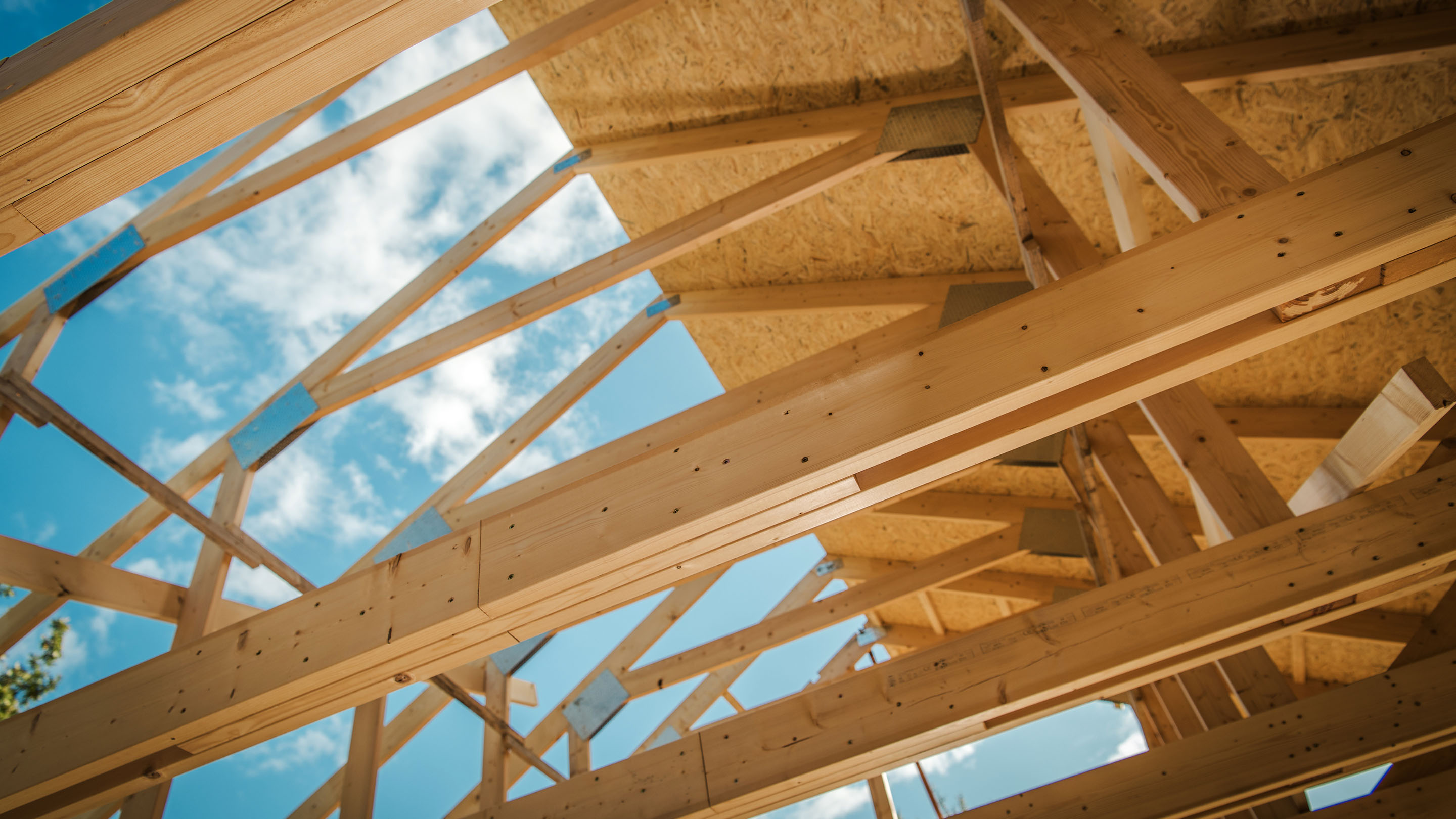[ad_1]

- Aviva is one of the first UK insurers to put significant capacity towards engineered timber
- Insurer aims to be market leader in underwriting, risk management and pricing of sustainable construction
- Talks underway with forward-thinking property owners, developers and contractors on sustainable developments
- Aviva’s risk management-centred approach will support the UK’s efforts to be climate-ready
Aviva has underlined its sustainability commitments by expanding its underwriting appetite to include engineered timber1 in commercial developments.
This follows a successful pilot, which saw the UK’s largest insurer working with a handful of developers on sustainable building projects.
In the UK alone, the built environment contributes 40% of carbon emissions. By working with contractors who want to build more sustainably, Aviva aims to help the construction and real estate sectors reduce their carbon footprint.
Although a growing number of developers are seeking to build more sustainable buildings for commercial use, insurer appetite for these risks has not kept pace. By putting significant underwriting capacity towards these projects, Aviva is demonstrating that risk management can support the UK as it moves to become climate-ready.
Aviva is one of the first UK insurers to commit dedicated underwriting resource for the development of more sustainable buildings. Working with contractors, brokers and owners from the design stage, the insurer is helping to ensure the resilience and repairability of buildings by using leading risk management strategies to safeguard them from water damage and fire.
Putting risk management at the centre of the design process can help to remove or mitigate these risks, while enabling a competitive and sustainable approach to insurance pricing.
Adam Winslow, CEO, UK & Ireland General Insurance, Aviva, said: “There are a growing number of developers looking to build more sustainably, both by using sustainable materials like engineered timber, and by adopting modern methods of construction. Aviva wants to embrace both: widening our underwriting appetite to insure commercial buildings using engineered timber, and using our risk management expertise to minimise associated risks.
“But we need to consider the carbon footprint of a building over its lifetime. If a building is designed to be replaced in the event of a relatively minor incident well within its design life, then it cannot be considered sustainable. Modern methods of construction that focus on resilience and repairability are critical to helping developers balance sustainability commitments with the safety of building users and the communities that they inhabit.”
Call to action
In its Building Future Communities report, Aviva called for strengthened planning regulation, greater collaboration on research across the building process and encouraging and incentivising property resilience to aid recovery. By incorporating leading risk management strategies which go beyond current building regulations, Aviva believes structures incorporating greater use of engineered timber can be considered acceptable risks.
Aviva has committed to become Net Zero by 2040 and to support the UK to become the most climate-ready large economy by 2030.
Ends
1 Engineered timber, also called Mass timber, Cross Laminated Timber (CLT) and Glulam, are wood products that have been manufactured and bonded together to form a composite material, panel or building system.
2 Royal Academy of Engineering
Enquiries:
[ad_2]
Source link
